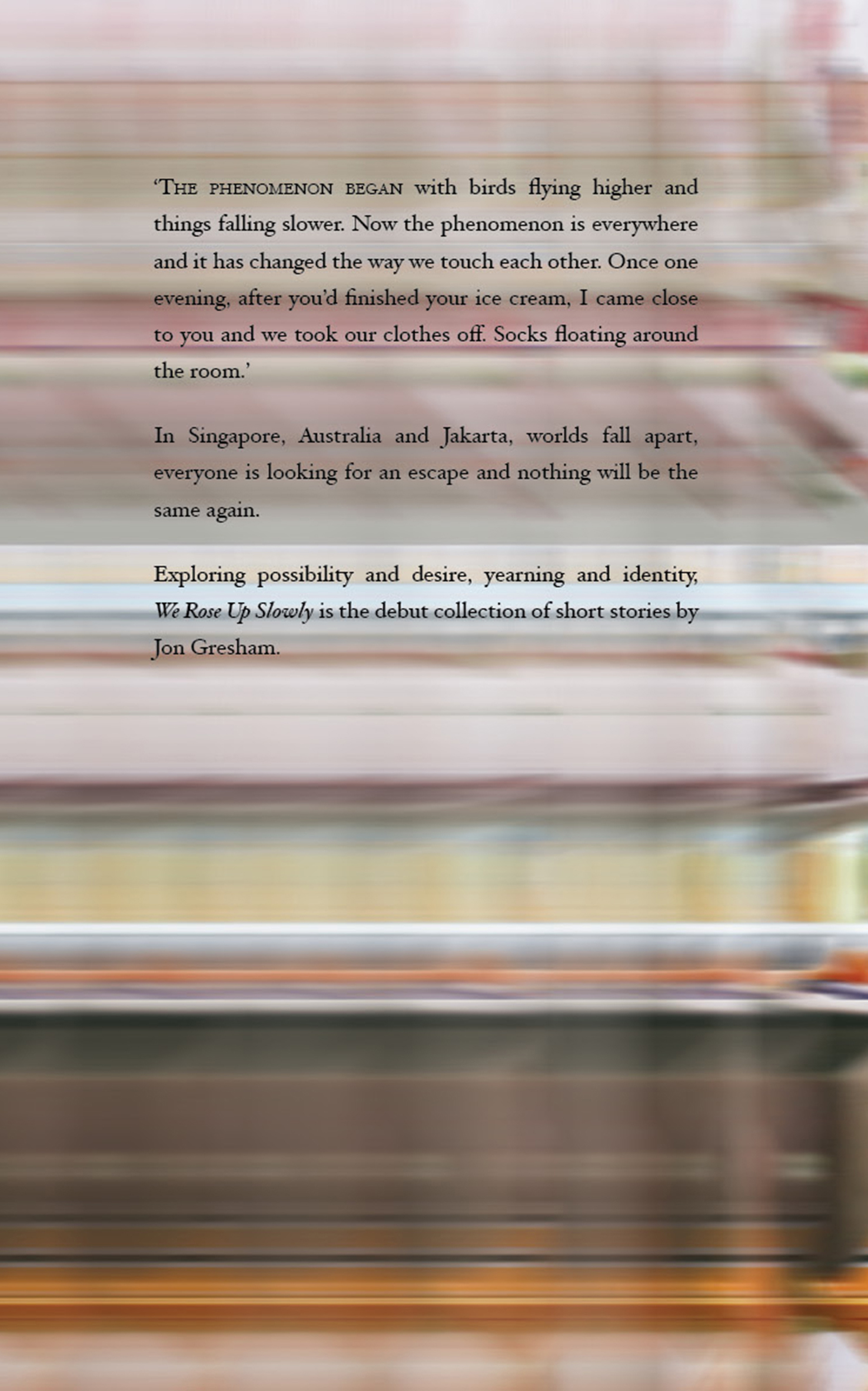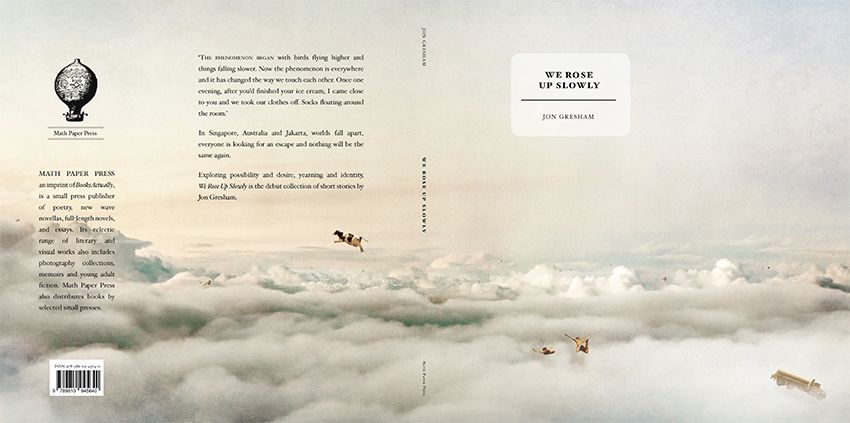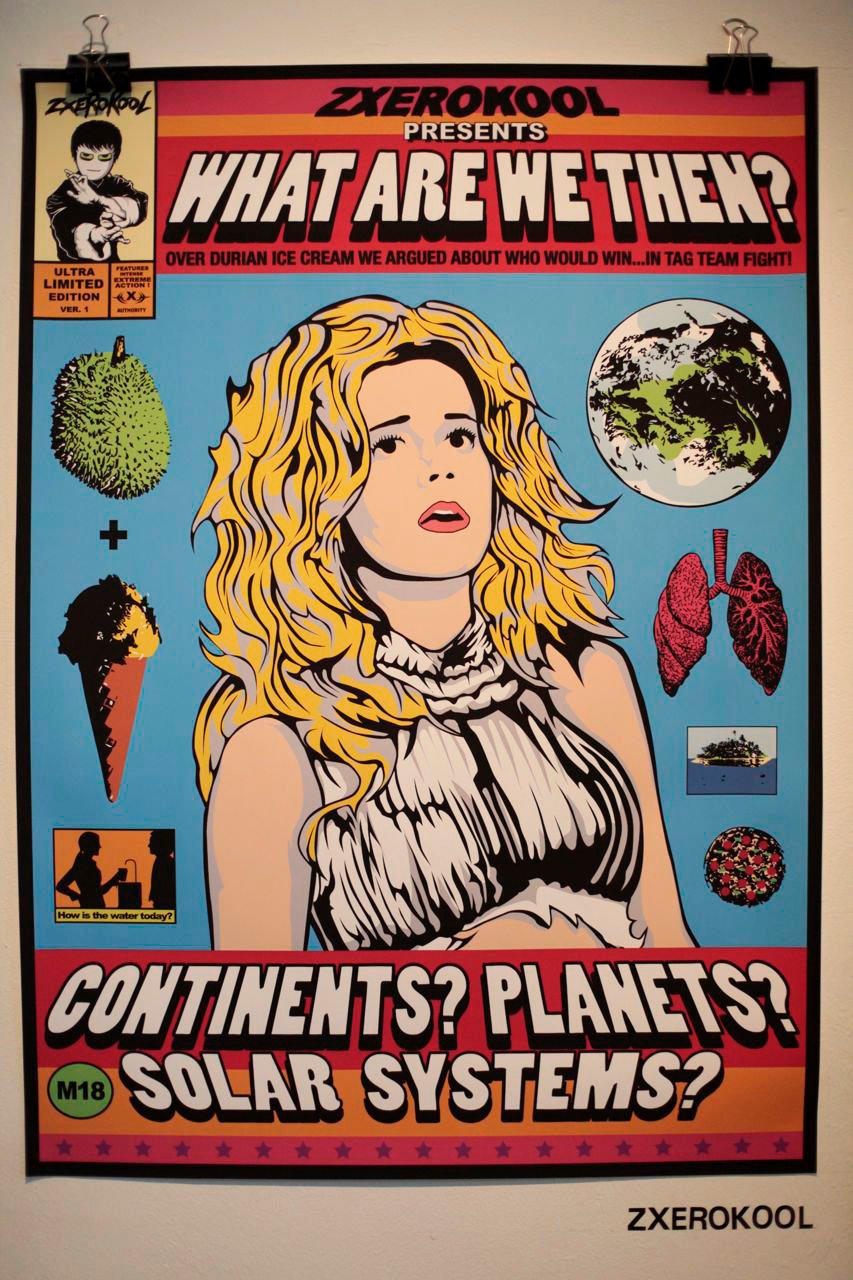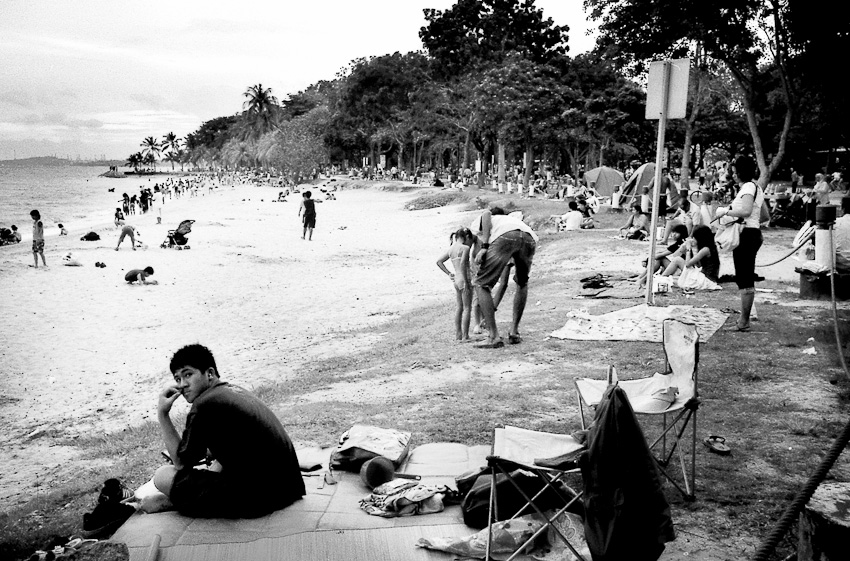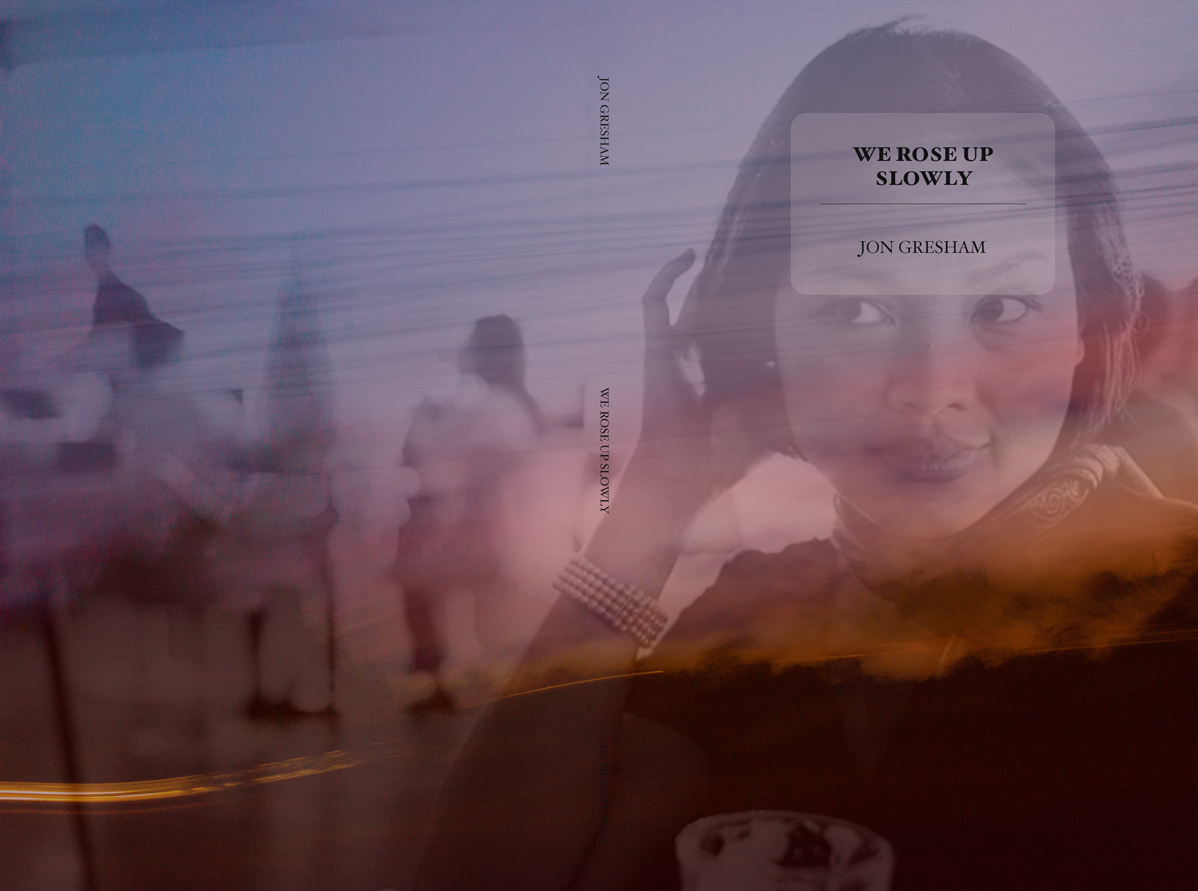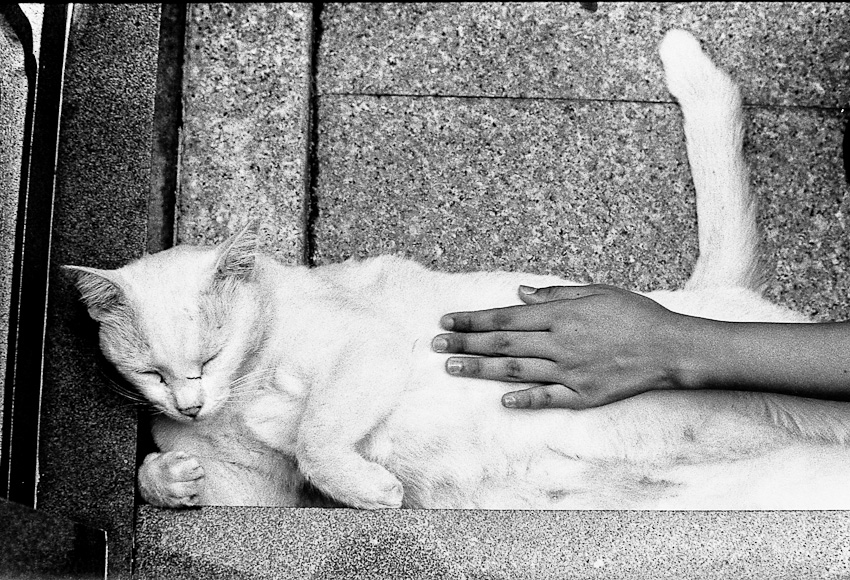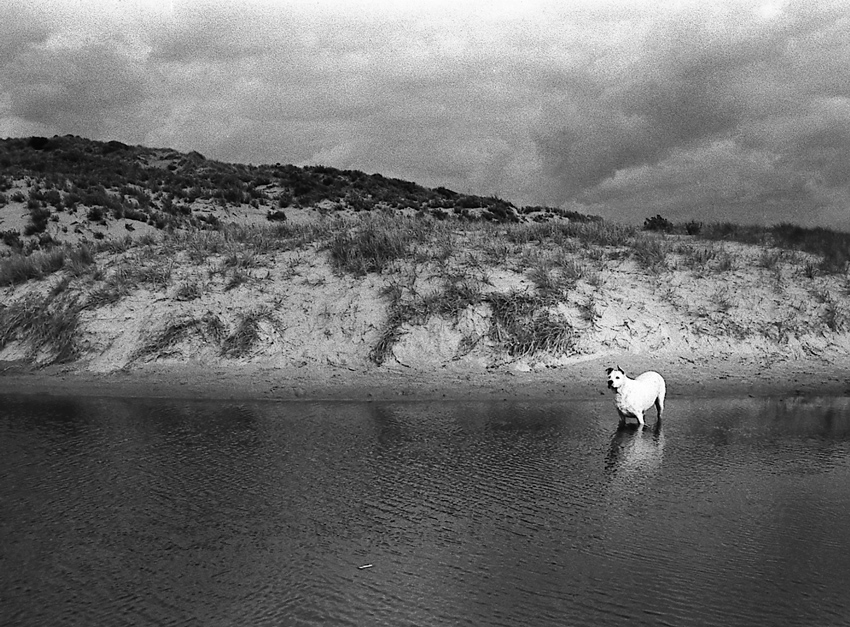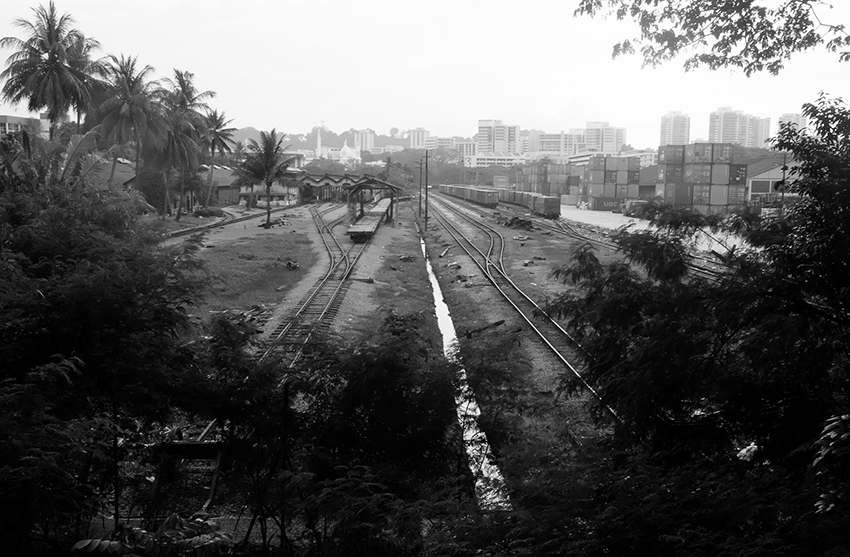I thought it might be useful to set out the 'ideal' writing process I sought to apply in writing the stories in We Rose Up Slowly. Setting it out this way suggests I took a highly disciplined and organised approach. This is in fact a lie and does not do justice to my messy, chaotic and doubt ridden reality. I don't write in a linear fashion - I have ideas and sentences flying all over the place at various stages of development and quality - so I need an 'ideal' process to aspire to. Even if I never achieve the 'ideal', a little process and structure to my writing process helps.
What's your approach? I'd love to share notes.
My Writing Process
A. Capture
A1. In Notebook by hand:
1) Capture ideas, thoughts, scenes, events, conflicts, characters, observations, outline of stories. Dreams. Snippets. Passing conversations. Lines from movies. Bus trips. Get everything down. Don't judge or self censor.
A2. Digital capture:
2) Dictate thoughts & make notes on iPhone Notepad
3) Have an Ideas text file on iPhone to dump links, news articles, quotes, ideas etc - I tried to use Evernote but it was just to slow in syncing
A3. Filter Captured Notes into a workable form
4) Transcribe/dictate into Scrivener or iPhone notepad the handwritten notes & ideas I want to work on further. Highlight sentences, characters, quotes that stand out from the dross. Think about links, connections, common themes, interesting juxtapositions, contrasts, light and shade. Order & reorder.
B. Build the story
I use Scrivener a lot during this stage to work out what I want to say in a story & how to say it.
B1. First Draft
1) Using the outcome of A: write a quick first draft focussing on mood & tone. Do not worry about plot holes, logical contradictions, spelling, grammar or if sentences are correct. Use placeholders where you know there are gaps. Don't edit, judge or self censor.
DO NOT WORRY IF IT IS HORRIBLE - MOST OF IT WILL BE CRAP AT THIS STAGE (& PROBABLY, FOR A LOT LONGER)
2) Summarise what happens in each scene in the story in one or two lines.
B2. Research
3) Read & research key factual aspects of the story e.g. profession, setting, events, type of person, history etc
4) Put links, quotes, articles etc in Scrivener Research section
B3: Discover the Story
5) Does the plot make sense? What's the key conflict & how is this addressed & resolved in the story? Is another scene, event or character missing? Who wants/yearns for what? How are they challenged? What happens in the end? Look for connections & common concerns & themes. Don't worry if you don't have complete answers to these 'story' questions: Use placeholders where questions remain open.
6) Rearrange, build & develop scenes to make a story, conflicts & character in Scrivener
7) Rewrite, revise, edit - like waves over sand & onto rock - keep going, read, revise and reread the text again
8) Use Plaintext with Scrivener to facilitate writing, revising & editing on mobile & iPad
B4. Discover the Characters
9) Imagine what its like to be each of your main characters. Write their POV.
10) Ask what are their desires/wants/yearning? How do they change & why do they change over the course of the story? Is their narrative momentum? Does the writing make you want to find out what happens next?
11) Keep asking questions about the characters, yearnings & challenges, the conflict, the structure, the dialogue, what works, whats irrelevant, who grows & why, epiphany etc etc
12) Is POV consistent?
13) Do physically logistics make sense within the rules of the story?
14) Is there too much or too little of any of the characters?
B5. Beginning & Ending
15) Does the story start with a compelling scene which cuts to the core of the story?
16) How are key conflicts resolved at the end? Where do the characters end up? Have they changed? What questions are left open at the ending?
17) What questions does the text raise? How are these answered, or not answered, in the text?
18) Is their unity of theme, effect & purpose in the writing?
C. Let the story sit for a week or more
D. Further Revisions
D1. Initial Revisions
1) Are there extra words, sentences that are clunky or don't make sense?
2) Cut out 10-20% of words to distil the essence of the story to a concentrated unity. Does every scene, sentence, description, observation help progress the story? If not, delete.
3) Is story and character clear? Are any ambiguous parts of the story distracting? Which parts need more clarity & focus - which parts are best left ambiguous & blurred?
4) Dictate the latest draft of the story onto your iPhone & listen to what it sounds like. Check rhythm, pace, dialogue etc - revise further
5) Run spell check & grammar check. Look for nearby duplicate words, bad grammar & typos. Delete "-ly" words & remove unnecessary adverbs.
6) Cut and paste from Scrivener into word.
7) Print it out & review the physical printed word on the page
8) Finish a draft - this is a reasonable working draft but still may require major surgery
D2. Later Revisions
9) Send to a few friends who read my stuff. Ask them which bits they like & which bits they don't, where they lost interest, what is unclear, doesn't make sense. Get their feedback in writing, don't get defensive, incorporate their written input into the draft after thinking it through objectively.
Yu-Mei Balasinghamchow close read a draft of We Rose Up Slowly which was invaluable.
10) Put the story in a drawer for at least 2 months - then reread as though it were someone elses work & revise again either in Word, or cut & past back into Scrivener if deeper work is needed.
11) Don't be afraid to go back to B3. and rework your story and characters again.
D3. Use a Professional Editor
12) Get the input of a professional editor for story advice more than grammar - Stephanie Ye was a wonderful editor on We Rose Up Slowly : Full of wisdom, common sense & experience. I highly recommend her as an editor.
13) Revise, polish & finish
Why writing a book is not like having a baby.

